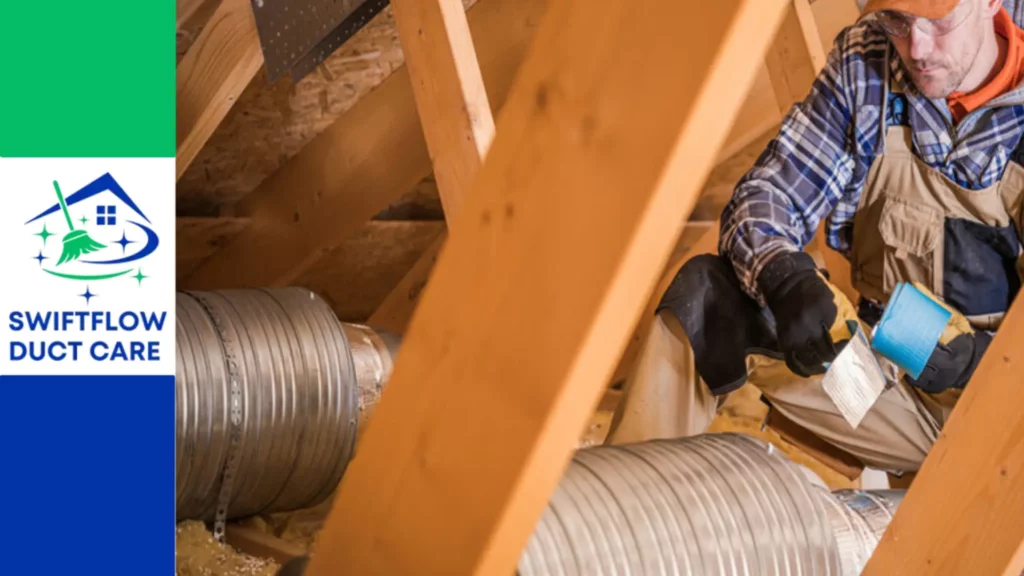Air duct replacement is not only about enhancing HVAC efficiency but also about making environmentally conscious choices. Flexible and rigid ducts are the two primary options available, each with its unique impact on energy efficiency, material sustainability, and environmental performance. Understanding these differences can guide homeowners toward a greener choice for their HVAC system.
Energy Efficiency and Performance
Energy efficiency is a critical factor in assessing the environmental impact of ducts. Rigid ducts, typically made of sheet metal, have smooth inner surfaces that allow for optimal airflow with minimal resistance. This efficiency reduces the workload on the HVAC system, lowering energy consumption over time. Flexible ducts, while easier to install, may have corrugated interiors that create more airflow resistance, potentially requiring the system to use more energy. Selecting ducts that optimize airflow efficiency can significantly reduce the carbon footprint of your home’s HVAC system.
Material Sustainability
The materials used in air duct replacement play a significant role in environmental impact. Rigid ducts, often made from recyclable metals like aluminum or galvanized steel, are durable and long-lasting. Their extended lifespan reduces the need for frequent replacements, contributing to sustainability. In contrast, flexible ducts, made from plastic and metal composites, are less recyclable and may not be as durable. Opting for materials with a lower environmental impact, such as recycled metals, supports sustainable construction practices.
Insulation and Thermal Loss
Proper insulation is vital in reducing thermal energy loss, a key factor in the environmental performance of air ducts. Rigid ducts often support higher-quality insulation, minimizing heat loss or gain as air travels through the system. Flexible ducts may not insulate as effectively in certain conditions, leading to increased energy consumption to maintain indoor temperatures. Choosing insulated ducts or adding external insulation can improve overall system efficiency and reduce environmental strain.
End-of-Life Disposal
The disposal process also affects the environmental impact of air duct replacement. Rigid ducts, being recyclable, are less likely to contribute to landfill waste when they reach the end of their lifespan. Flexible ducts, however, are more challenging to recycle due to their mixed materials, often ending up in landfills. Selecting recyclable ductwork supports a circular economy and reduces the ecological burden of waste.
When considering the environmental impact of air duct replacement, the choice between flexible and rigid ducts depends on balancing factors like energy efficiency, material sustainability, and insulation performance. Rigid ducts often emerge as the more environmentally friendly option due to their durability, recyclability, and efficient performance. By prioritizing these aspects, homeowners can make a choice that benefits both their home and the planet.
Learn more:
Expert Opinions on Choosing the Right Duct Type for Replacement
Key Factors in Selecting Ducts for Air Duct Replacement

